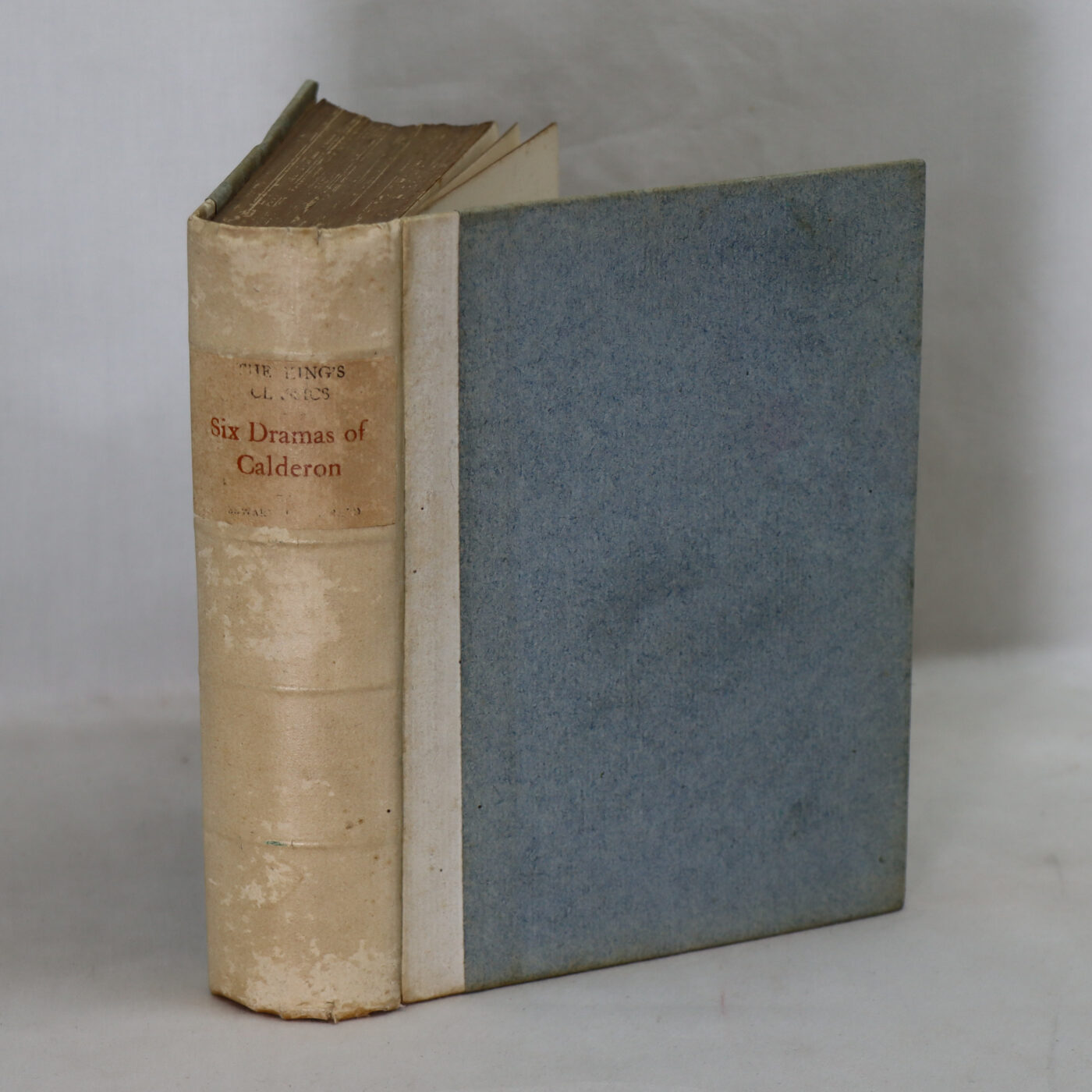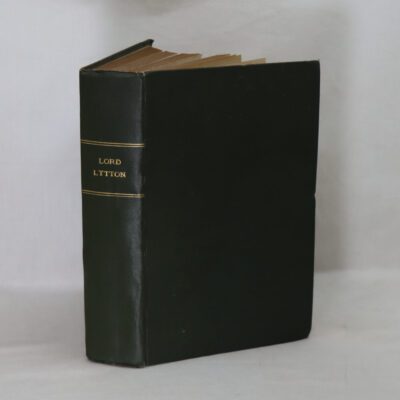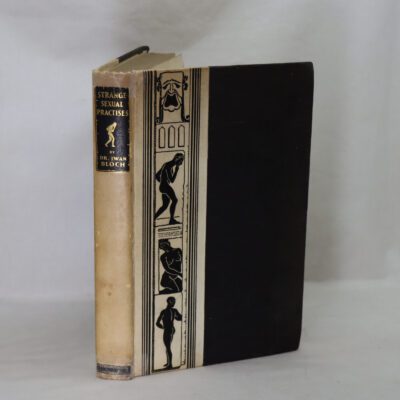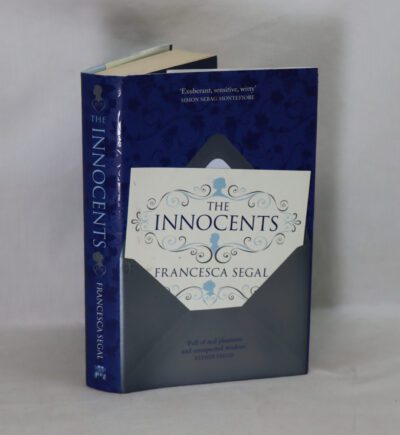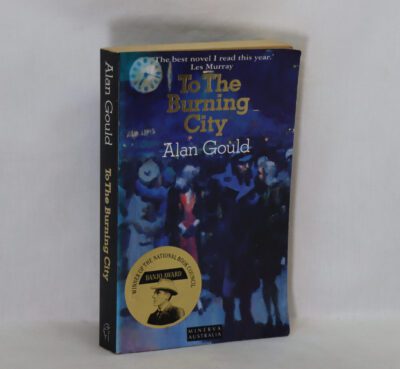Six Dramas of Calderon.
By Edward Fitzgerald
Printed: 1903
Publisher: The De La More Press. London
| Dimensions | 13 × 16 × 4 cm |
|---|---|
| Language |
Language: English
Size (cminches): 13 x 16 x 4
Condition: Good (See explanation of ratings)
Your items
Item information
Description
Hardcover. Grey board binding with gilt title on the cream spine.
We provide an in-depth photographic presentation of this item to stimulate your feeling and touch. More traditional book descriptions are immediately available
- Note: This book carries a £5.00 discount to those that subscribe to the F.B.A. mailing list
For conditions, please view our photographs. A nice clean and very rare copy from the library gathered by the famous Cambridge Don, computer scientist, food and wine connoisseur, Jack Arnold LANG. Six of Calderon’s plays, all dating from the mid-17th century. Fitzgerald’s free translations were first published in 1853
Pedro Calderón de la Barca y Barreda González de Henao Ruiz de Blasco y Riaño (17 January 1600 – 25 May 1681) was a Spanish dramatist, poet, and writer. He is known as one of the most distinguished poets and writers of the Spanish Golden Age, especially for the many verse dramas he wrote for the theatre. Calderón has been termed “the Spanish Shakespeare”, the national poet of Spain, and one of the greatest poets and playwrights in the history of world literature.
Calderón de la Barca was born into the minor Spanish nobility in Madrid, where he lived for most of his life. He served as a soldier and a knight of the military and religious Order of Santiago, but later became a Roman Catholic priest. His theatrical debut was a history play about the life of King Edward III of England, was first performed on 29 June 1623 at the Royal Alcázar of Madrid, during the surprise visit to Spain of Charles, Prince of Wales to negotiate for a dynastic marriage alliance with the Spanish Habsburgs.
As he continued writing verse dramas, Calderón’s favorite theatrical genres included mystery plays illustrating the doctrines of Transubstantiation and the Real Presence for performance during the Feast of Corpus Christi and both comedy of intrigue and tragic theatre rooted in many of the same plot devices as Shakespeare’s plays and in ethical dilemmas under the Spanish nobility’s code of honour. Born while the unwritten rules of Spanish Golden Age theatre were still being defined by Lope de Vega, Calderón pushed their limits even further by introducing radical and pioneering innovations that are now termed metafiction and surrealism.
His masterpiece, La Vida es Sueño (“Life is a Dream”), combines a beauty and the beast plotline, a disguised woman reminiscent of Viola from Shakespeare’s Twelfth Night, surrealist concepts, romantic complications, and the threat of a dynastic civil war, while exploring the philosophical question of whether each individual’s fate has already been written without their involvement or if the future can be altered by free will.
Calderón’s poetry and plays have since wielded an enormous global influence upon Romanticism, symbolism, literary modernism, expressionism, dystopian science fiction, and even postmodernism. His many admirers have included August Wilhelm Schlegel, Johann Wolfgang von Goethe, John Dryden, Lord Byron, Percy Bysshe Shelley, Fr. Félix Sardà y Salvany, Hugo von Hoffmannsthal, Vyacheslav Ivanov, Jorge Luis Borges, Konstantin Stanislavsky, and Boris Pasternak.
In 1881, the Royal Spanish Academy awarded a gold medal to Irish poet Denis Florence MacCarthy for his highly praised and accurate literary translations of Calderón’s verse dramas into English. In 2021, a renewed search for Calderón’s missing remains gained media attention worldwide.
Want to know more about this item?

Related products
Share this Page with a friend

